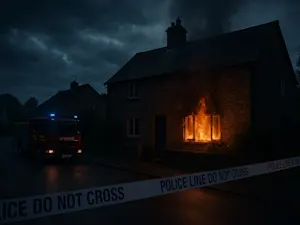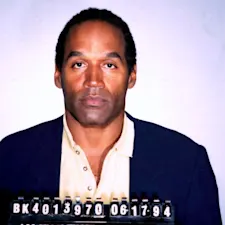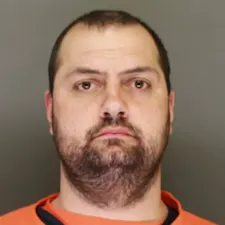
What Happens When a Body Is Exhumed?
Exhumations are rare, but they can be crucial in solving criminal cases. This process involves digging up a buried body to conduct further examinations or tests that were not performed initially. Here, we explore why bodies are exhumed, what the process entails, and how it has helped in criminal investigations.
The Process of Exhumation
Exhumation is a meticulous process, often requiring court approval and the consent of surviving family members. The procedure usually begins with removing the topsoil using a backhoe, but the actual condition of the body can vary significantly based on factors such as embalming, burial conditions, and time elapsed.
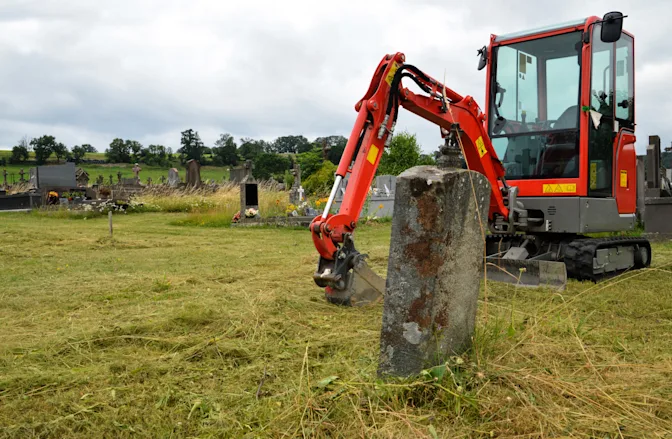
Corpses go through five stages of decomposition: fresh, bloat, active decomposition, advanced decomposition, and skeletal decay. Embalming slows but does not stop this process. In some cases, bodies may be mummified by "grave wax," a soapy substance formed from fatty tissue. The type of casket and burial vault used also affects the preservation of remains.
The Need for Exhumation
Exhumations typically occur when new evidence suggests a previously unexplored cause of death. For example, in 1973, 19-year-old Noreen Rudd died in what was initially ruled a car accident. Decades later, investigators looking into another case decided to exhume her body. A pathologist discovered skull injuries that pointed to homicide, leading to the arrest and conviction of her husband, Donnie Rudd, for her murder.

Similarly, relatives of the notorious Midwestern gangster John Dillinger, known for robbing banks and police stations, and repeatedly escaping prison, are engaged in a legal battle to exhume his casket. Dillinger's niece and nephew claim they have evidence showing discrepancies in eye color and fingerprints between Dillinger and the body buried. The FBI, whose agents killed Dillinger in 1934, dismisses this claim as a conspiracy theory.
Technological Advances in Forensic Science
Modern forensic techniques can extract valuable information from exhumed bodies, even decades after death. Forensic anthropologists use DNA analysis, chemical isotope analysis, and facial reconstruction to identify remains and determine cause of death.
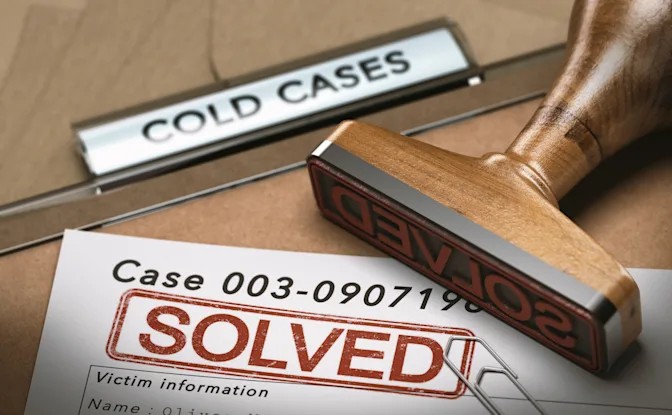
These advanced techniques were employed in a case involving over 120 cold cases, resulting in the identification of around two dozen previously unidentified bodies. One significant success was the identification of Brenda Williams, who had been missing since 1978. Her identity was confirmed through DNA analysis matched to her sisters.
Legal and Ethical Considerations
Exhumation is not taken lightly due to the emotional and ethical implications. Different states have varying regulations but, generally, a court must order the exhumation, ensuring it is justified. The process respects the rights of the deceased and their families, aiming to maintain dignity and integrity.
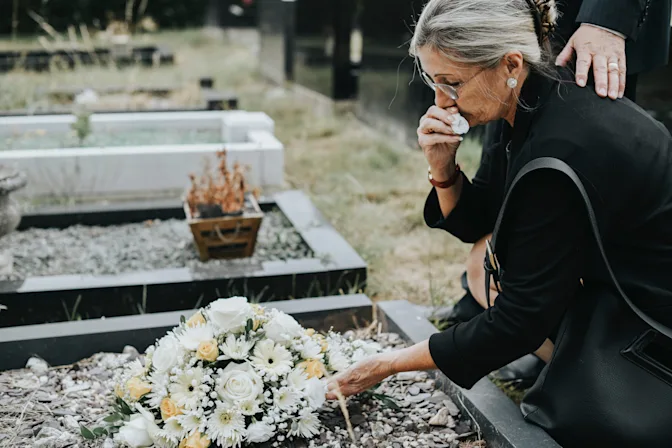
Exhuming bodies is often seen as taboo due to various religious beliefs about disturbing the dead. Some Native American tribes believe that moving remains can unsettle the spirit. Jewish tradition generally opposes disinterment, except in special circumstances like reburial in Israel. In Islam, handling or reopening graves is discouraged until the body has fully decomposed. Many Christians fear that disturbing a grave might hinder resurrection.
Exhumation can be a powerful tool in uncovering the truth behind mysterious deaths. By revisiting old cases with modern forensic techniques, investigators can bring justice to victims and closure to their families. While the process is fraught with legal, ethical, and emotional challenges, its role in solving cold cases and ensuring justice cannot be overstated.
References: What Happens When a Body Is Exhumed for a Criminal Investigation? | What lies beneath






